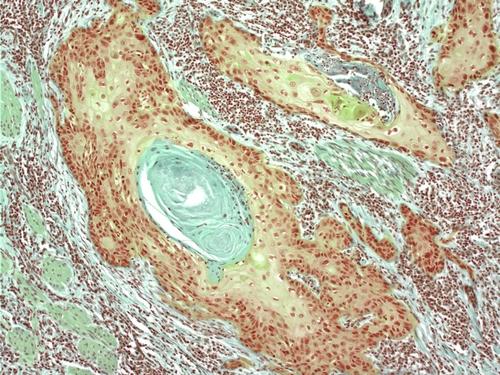
Experts say the findings highlight “the importance of secondary prevention, like early detection.” (Photo: Getty Images)
While
cancer can strike anyone — young or old, unhealthy and healthy — we do
have some idea of what can affect risk. Genetics often play a role, for
instance, as do lifestyle habits. But according to a new study from
Johns Hopkins University researchers, much of cancer risk may actually
be due to mere chance.
Cancer
develops when stem cells of a given tissue make random mistakes,
mutating unchecked after one chemical letter of DNA is incorrectly
swapped for another — the equivalent of a cell “oops.” It
happens without warning, like the body’s roll of the die.
For
the new study, published in the journal Science, researchers wanted to
see how much of overall cancer risk was due to these unpreventable
random mutations, independent of other factors like heredity and
lifestyle.
“There
is this question that is fundamental in cancer research: How much of
cancer is due to environmental factors, and how much is due to inherited
factors?” Cristian Tomasetti, Ph.D., a biomathematician and assistant
professor of oncology at the Johns Hopkins University School of Medicine
and Bloomberg School of Public Health, tells Yahoo Health. “To answer
that question, however, the idea came that it would be important to
determine first how much of cancer was simply due to ‘replicative
chance.’”
To
measure this, the researchers plotted the number of stem cell divisions
in 31 types of tissues over the course of a lifetime against the
lifetime risk of developing cancer in the given tissue. From the chart,
the scientists were able to see the correlation between number of
divisions and cancer risk — and from that correlation, researchers were
able to determine the incidence of cancer in a given tissue due to
replicative chance.
Ultimately,
researchers found that roughly two-thirds of the cancers were due to
this replicative chance. (However, it’s worth noting researchers did not
examine some cancers, such as breast and prostate cancers, because of
lack of reliable stem-cell turnover information.)
But
don’t assume you’re simply doomed to the hand fate deals you. After
additional analysis, researchers found that of the 31 cancers examined,
22 could be explained by “bad luck” — but for the other nine, there was another factor aside from simple chance that likely contributed to the cancer.
This
is presumably because environmental and hereditary factors play a role
in development. “There are many cancers where primary prevention has
huge positive effects, such as vaccines against infectious agents,
quitting smoking or other altered lifestyles,” says Tomasetti.
Incidentally,
the cancers where risk could be lowered by primary preventive
practices were ones you may expect — diseases like skin cancer, where
limiting sun exposure can lower your risk, as well as lung cancer, where
avoiding smoking is key.
While
the study shows that for many cancers, primary prevention — such as
adopting healthy lifestyle habits — may not fully work to keep from
developing cancer, this “does not imply at all that there is not much we
can do to prevent those cancers,” Tomasetti says. “It just highlights
the importance of secondary prevention, like early detection.”


0 comments:
Post a Comment